Water Quality
Marine ecosystems are important sources of ecosystem services. They play a vital role in providing food stock to human society, supporting marine fisheries and wildlife, sustaining marine biogeochemical processes, and moderating climate change. Understanding the natural processes and anthropogenetic activities that affect and interact with the health of marine ecosystems is essential for their sustainability. We develop and apply sophisticated numerical models to address a variety of marine-ecosystem-related issues such as pollutant fate and transport, macroalgal growth, harmful algal blooms, and hypoxia.
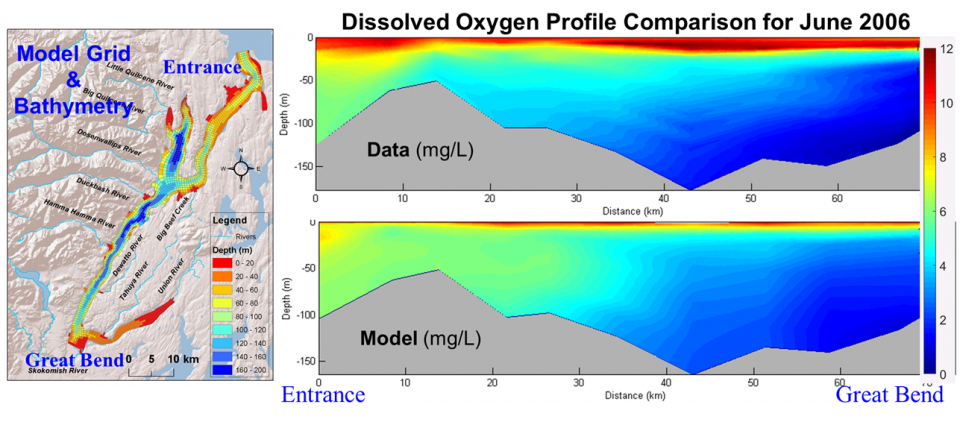
Projects
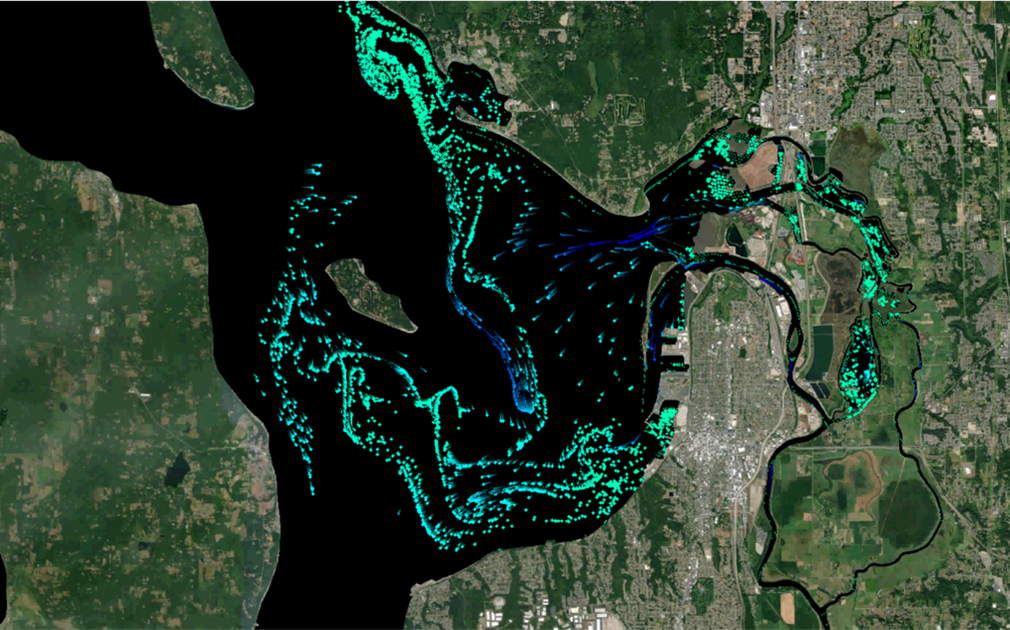
Waterborne Plastics Assessment and Collection Technologies (WaterPACT)
Plastic pollution has been found in all major U.S. rivers and is considered the origin of a substantial fraction of marine debris. Large pieces of plastic enter waterways as mismanaged plastic waste and smaller microplastics are washed into rivers during storms or released from wastewater treatment plants and combined sewer overflow sites. These plastics are transported downstream and settle into the sediment or are released into the ocean.
The WaterPACT project is a collaboration between PNNL and the National Renewable Energy Laboratory. Researchers are investigating ways to mitigate waterborne plastic pollution in U.S. waterways via renewable power and characterize pathways for reintroducing reclaimed waterways plastics into the supply chain. PNNL is leading the modeling and field sampling efforts in the WaterPACT project.
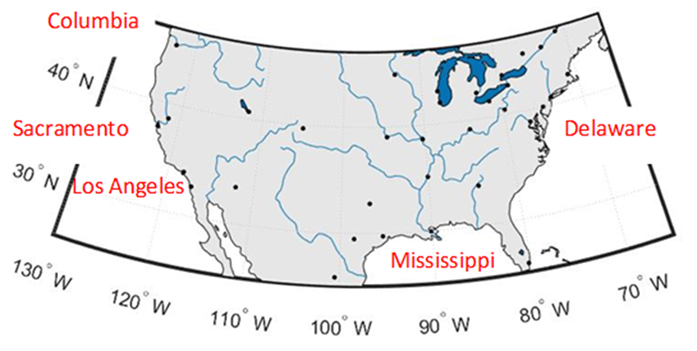
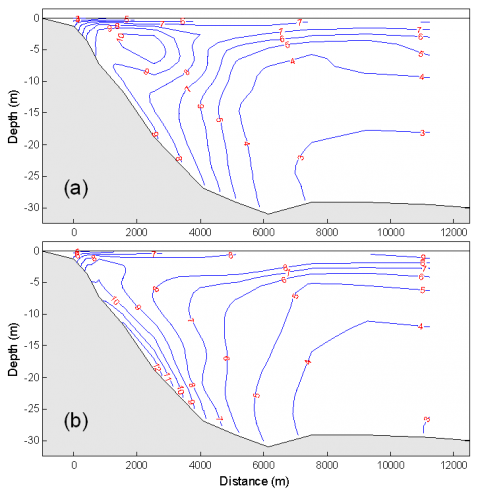
Modeling Flushing Time and Hypoxia in Bellingham Bay
This study applied a hydrodynamic model to study the flushing capability of Bellingham Bay, WA, and its effect on bottom water hypoxia. Study results indicated the basin-wide residence time ranges from 5 to 7 days. Formation of hypoxia in bottom water is likely caused by an enhanced oxygen consumption rate in the oceanic bottom water inflow in the summer months.

Assessing the Effects of Future Climate Change on Paralytic Shellfish Toxin Risk in Puget Sound
In this study, we developed a harmful algal bloom risk index based on hydrodynamic model output from the Puget Sound hydrodynamic model and six years of year-round paralytic shellfish poisoning (PSP) toxin data in mussels. Statistical correlations between model outputs were examined for trends related to initiation of biotoxin-zone closures and changes in shellfish PSP toxin levels. These relationships were further used to inform decisions about resource allocation for PSP monitoring in the future at the state level.
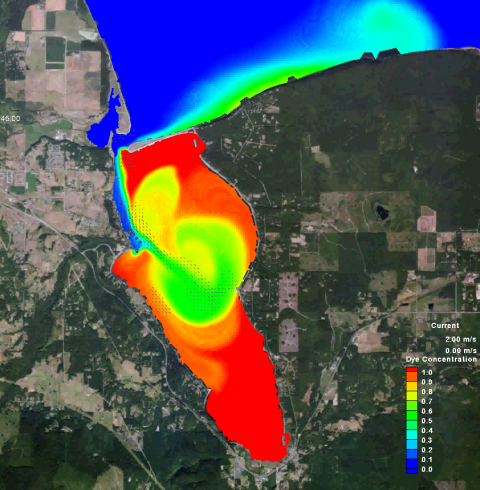
Estimation of Residence Time in Sequim Bay, WA – A Modeling Study
In this project, we studied the hydrodynamics and tidal flushing in Sequim Bay, a coastal bay on the Olympic Peninsula that is connected to the Strait of Juan de Fuca through a narrow entrance. To determine water exchange and pollutant transport pathways, tracers with neutral buoyance were released in the hydrodynamic model and tracked through tidal cycles.
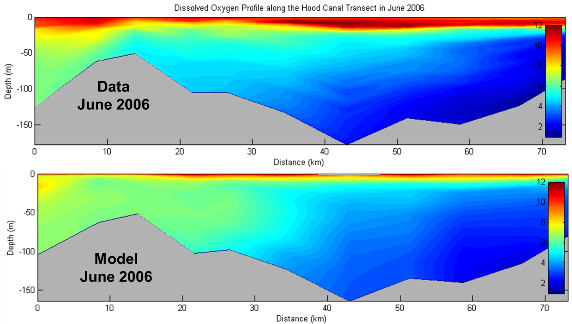
A Modeling Study of Hypoxia in Hood Canal within Puget Sound, WA
Hood Canal as a typical fjord has a long track record of low dissolved oxygen (hypoxia) conditions with occasional anoxia and fish kills. In this study, we applied a coupled hydrodynamic–water quality model to simulate dissolved oxygen dynamics in Hood Canal. The model predictions were compared to a field survey in 2016 to demonstrate the model’s capability of reproducing the hypoxia problem.
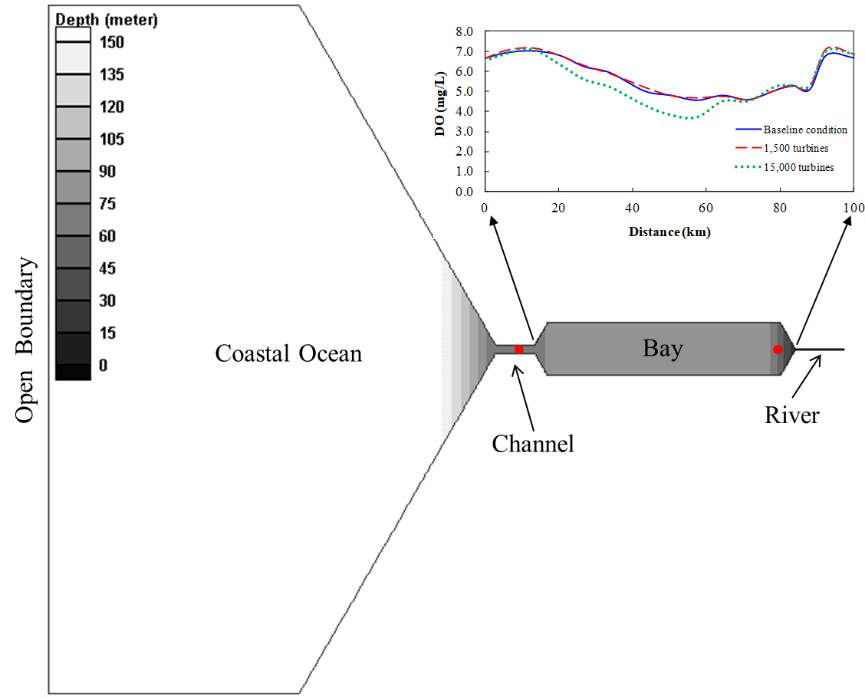
A Modeling Study of the Potential Water Quality Impact from Tidal Energy Development. Harvesting instream tidal energy from a tidal system will alter the hydrodynamics of the system and subsequently affect its water quality, such as phytoplankton and dissolved oxygen concentrations. This modeling study investigated the potential water quality impact of tidal energy extraction in an idealized, prototype channel-bay system. The results indicate that large-scale tidal energy extraction in the tidal channel may result in reduced dissolved oxygen concentrations in the bay behind.